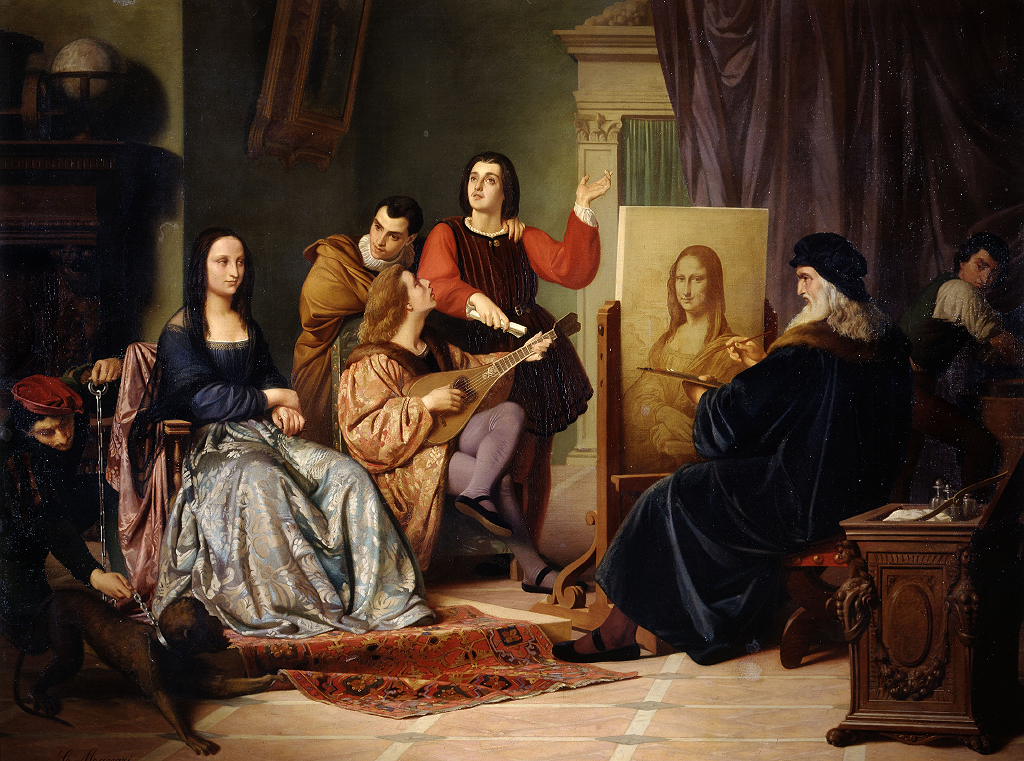By Alexis Culotta and Costanza Beltrami
Cesare Maccari died on 7 August 1919 in Siena, after a career as an award winning painter best known for his classically-inspired compositions.
Born in Siena in 1840, Maccari studied at the local Accademia di Belle Arti before continuing his training in the Florentine studio of Luigi Mussini. As a testament to Maccari’s innate talent, while working in Florence he received several notable commissions as well as a scholarship to fund a period of study in Rome.
Maccari arrived in Rome in the 1860s. He would stay there for the majority of his career. Over the next decade, Maccari’s work was showcased in a number of prestigious venues and he was lauded with substantial commissions. From 1870 to 1873 he worked on a series of seven painted for the Chiesa del Santissimo Sudario dei Piemontesi in Rome, and in 1878 his painting, The Deposition of Pope Silvers by Antonina, wife of Belisarius, was a prize winner of the Turin Exposition that year.
The 1880s and 1890s witnessed Maccari’s work on a fresco cycle for Rome’s Palazzo Madama as well as a cupola cycle for the Basilica di Loreto; upon his return to Rome near the turn of the century, Maccari embarked on an ambitious fresco cycle for the Palazzo di Giustizia. Maccari died in Rome in 1919.
Further Reading:
De Gubernatis, Angelo. Dizionario degli artisti italiani viventi, pittori, scultori e architetti (Florence, 1889).
Leonardo da Vinci Painting the Mona Lisa, 1863.
Cicero Denounces Catiline, 1889. Palazzo Madama, Rome.
Justice with the Balance and the Sword Between Law and Strength, c. 1900. Palazzo di Giustizia, Rome.



